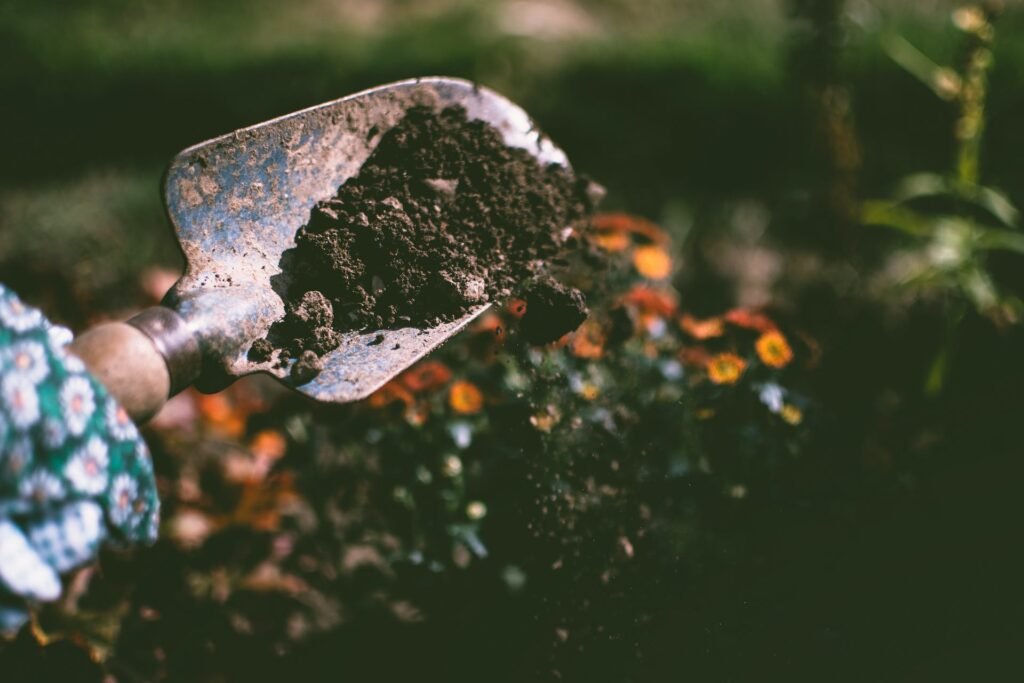Edible Landscaping: Growing Food in Your Front and Back Yards
In the modern era of sustainable living and increased awareness of where our food comes from, the concept of edible landscaping has gained significant traction. Edible landscaping is not just about growing vegetables in the backyard; it’s a creative and practical approach to integrating food-bearing plants into your overall landscape design. This trend has transformed traditional gardens into multifunctional, aesthetically pleasing spaces that not only enhance the beauty of your property but also provide a source of fresh, homegrown produce. In this article, we’ll explore the benefits, design ideas, and practical tips for incorporating edible landscaping into your front and back yards.

Benefits of Edible Landscaping
- Aesthetically Pleasing: One of the primary advantages of edible landscaping is that it can be visually stunning. By combining fruit-bearing trees, colorful vegetables, and herbs with ornamental plants, you can create a beautiful and diverse landscape that rivals traditional ornamental gardens.
- Sustainability: Growing your own food reduces your dependence on store-bought produce, lowering your carbon footprint. Additionally, homegrown fruits and vegetables don’t require excessive packaging, reducing the overall environmental impact associated with food consumption.
- Healthier Eating: Having a readily available source of fresh produce at your doorstep encourages a healthier diet. You’re more likely to incorporate fruits and vegetables into your meals when they are easily accessible, leading to a more nutritious and balanced diet.
- Cost-Effective: While initial setup costs may be involved, growing your own food can save you money in the long run. With careful planning and maintenance, your edible landscape can provide a continuous supply of fresh, organic produce, reducing the need for frequent trips to the grocery store.
- Educational Opportunities: Edible landscaping provides an excellent opportunity for hands-on learning, especially for children. Involving your family in the process of planting, caring for, and harvesting fruits and vegetables fosters a greater understanding and appreciation for the natural world.
Design Ideas for Edible Landscaping
- Fruit Trees as Focal Points: Consider planting fruit trees like apple, cherry, or peach as central elements in your landscape design. These trees not only provide delicious fruit but also serve as focal points around which you can arrange other edible and ornamental plants.
- Mixed Planting Beds: Create mixed planting beds that combine vegetables, herbs, and flowers. This not only adds visual interest but also promotes biodiversity, attracting beneficial insects and creating a more resilient ecosystem.
- Herb Spirals or Knot Gardens: Arrange herbs such as basil, rosemary, and thyme in a spiral or knot garden pattern. This not only adds a touch of sophistication but also makes harvesting herbs convenient for culinary use.
- Container Gardening: If space is limited, use containers to grow herbs, tomatoes, peppers, and even dwarf fruit trees. Container gardening is versatile and allows you to move plants around to optimize sunlight and aesthetics.
- Edible Hedges: Replace traditional hedges with edible alternatives like blueberry bushes or raspberry canes. These not only provide privacy but also yield tasty berries during the growing season.
Practical Tips for Successful Edible Landscaping
- Soil Quality: Ensure that your soil is well-draining, rich in organic matter, and appropriate for the specific needs of the plants you intend to grow. Regularly amend the soil with compost to maintain fertility.
- Sunlight Requirements: Most edible plants require ample sunlight to thrive. Identify sunny spots in your yard and plan the layout accordingly to ensure that each plant receives the necessary sunlight for optimal growth.
- Companion Planting: Take advantage of companion planting techniques to enhance the health and productivity of your edible landscape. Planting compatible species together can deter pests, improve pollination, and enhance nutrient uptake.
- Watering: Provide consistent and appropriate watering for your plants. Consider installing a drip irrigation system to efficiently deliver water directly to the root zones, minimizing water wastage and promoting healthy growth.
- Seasonal Rotation: Plan your edible landscape with seasonal rotation in mind. This ensures a continuous harvest throughout the year and prevents depletion of soil nutrients.
In conclusion, edible landscaping is a rewarding and sustainable way to transform your front and back yards into productive, visually appealing spaces. By blending the beauty of ornamental plants with the functionality of edible ones, you can create a harmonious and practical landscape that nourishes both the body and the soul. Whether you have a sprawling backyard or a small urban space, the possibilities for edible landscaping are as diverse as the plants you can grow. Embrace the concept, unleash your creativity, and savor the joys of a fruitful and beautiful outdoor space right at your doorstep.